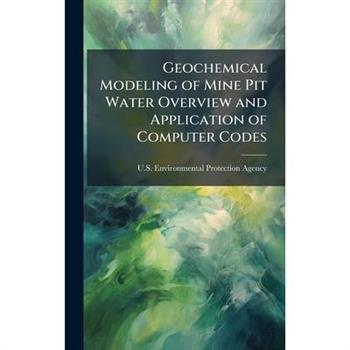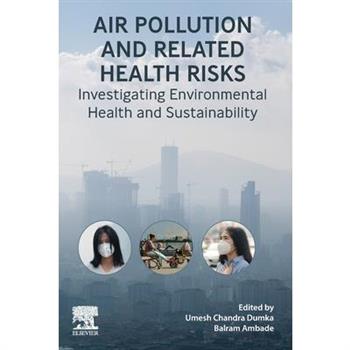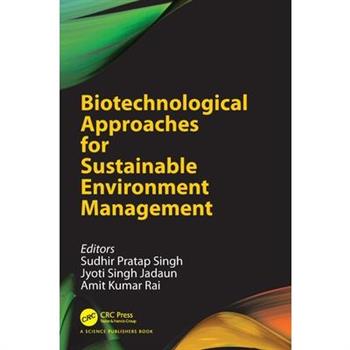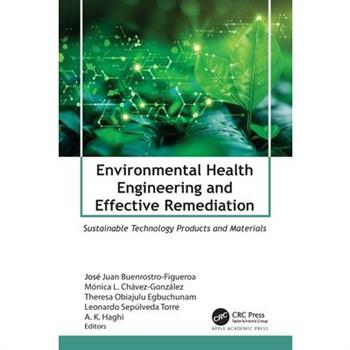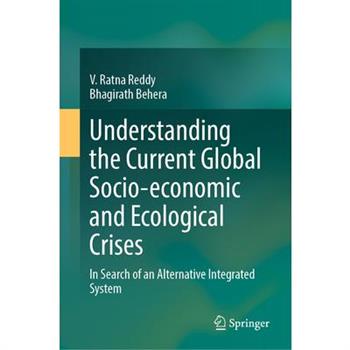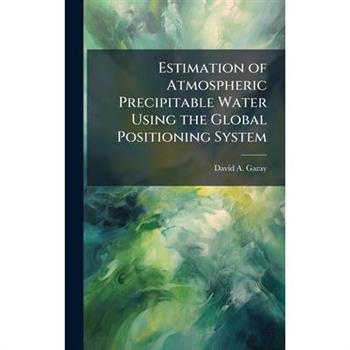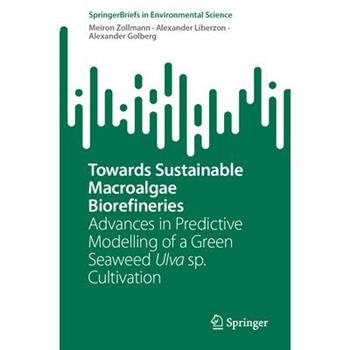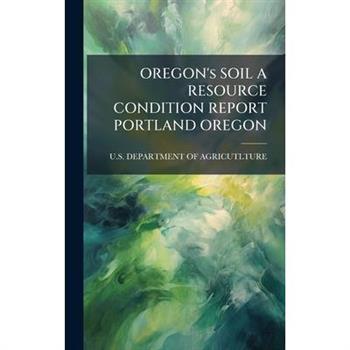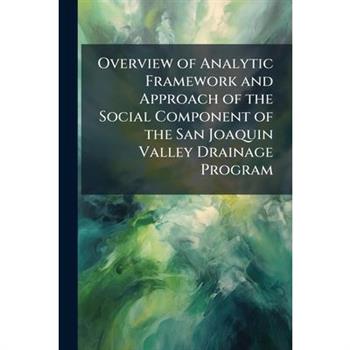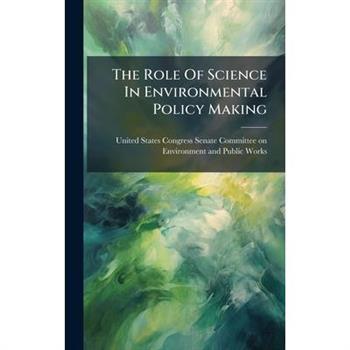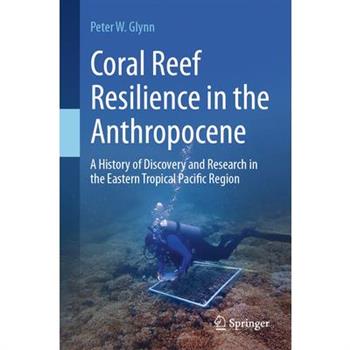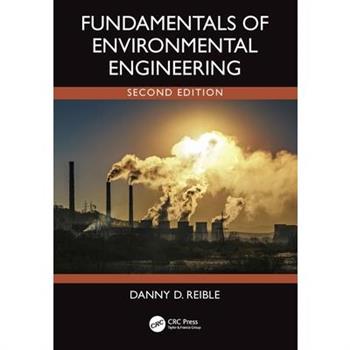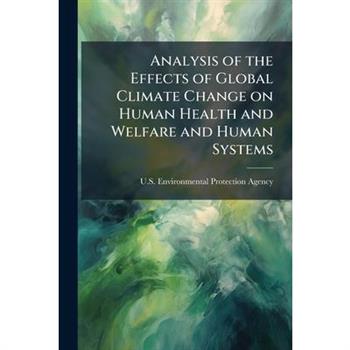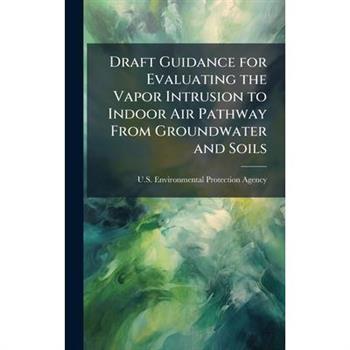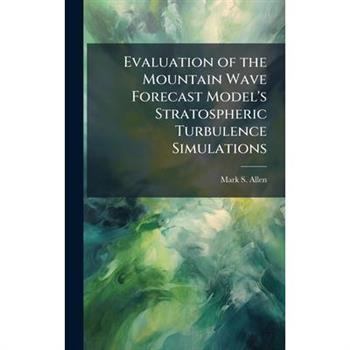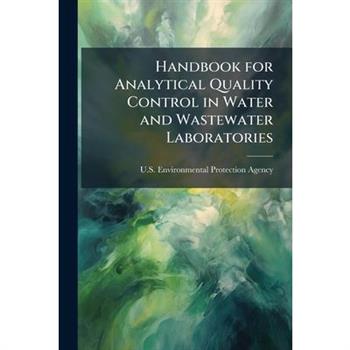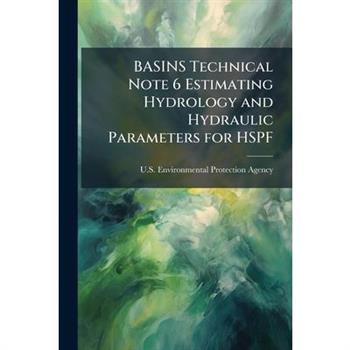Air Pollution and Related Health Risks
Air Pollution and Related Health Risks: Investigating Environmental Health and Sustainability provides discussion on advanced atmospheric phenomena as they relate to health risks and environmental sustainability. Sections cover challenges, the carcinogenic effects of polycyclic aromatic hydrocarbons on the atmosphere, and reviews of microplastics and organic aerosol compositions. The book's editors also complete a micro and macro analysis of PM2.5 and PM10 spatio-temporal properties in the Himalayan environment, and aerosol radiative and health impacts are also explored. Other sections cover wet deposition and scavenging of atmospheric pollutants and a risk assessment of living-non-living airborne particles to human health. Post-graduates and early-career researchers in atmospheric sciences, geophysics, environmental science, and meteorology will find much to learn and apply in this valuable resource.
Biotechnological Approaches for Sustainable Environment Management
Biotechnological advancements offer approaches for sustainable environmental management, owing to their capacity to tackle various environmental issues, including pollution, waste management, and resource conservation. The state of the environment is continually deteriorating due to industrialization and different human actions. Innovations must be pursued to mitigate the detrimental impact of environmental pollutants. The ubiquitous presence of microbial resources offers vast potential for developing technologies aimed at reducing the levels of harmful substances contaminating the environment. This book is focused on biotechnological applications designed to address environmental challenges associated with industrial effluents, plastic and biological wastes. The chapters in the book emphasize the microbial agents that are helpful in managing industrial and agricultural wastes.
Investing for a Greener Planet
This title highlights the pertinent issue of climate change and its management using sustainable sources of finance. The book provides a comprehensive overview of sustainable development and its management using green finance, green energy, green transport, and green infrastructure, as well as the policies and innovations that can be implemented at both the micro and macro levels.Features: Covers theories, concepts, practices, regulations, case studies, and real-world applications related to sustainable finance. Introduces the concept of sustainable finance and climate risk management. Explains green finance, green infrastructure, green transport, and others to mitigate the climate risk. Provides a comprehensive view of various policies and innovations that can be done at micro and macro level to reduce carbon footprints. Reviews contemporary concept of climate-related disclosures and reporting by financial institutions. This book is aimed at graduate students, researchers and professionals in environmental sciences, sustainable finance, climate change and circular economy including policymakers.
Environmental Health Engineering and Effective Remediation
This volume covers concepts and innovative approaches to sustainable development with respect to environmental health, looking at issues such as climate change, pollution control, liquid waste, solid waste management, toxic chemical exposure, food and agro-industrial waste, etc. It reports on current remediation techniques to tackle major environmental contamination issues, presenting new and effective solutions by bringing the work of international experts to the forefront.
Understanding the Current Global Socio-Economic and Ecological Crises
Why has global economic growth failed to deliver equity, sustainability, and well-being for all? Despite decades of growth-centric and free-market policies, poverty and inequality persist, and the unchecked exploitation of natural resources threatens the planet's future. This thought-provoking book critically examines the limitations of current economic models and highlights how growth has often been achieved at the cost of environmental and social health. Drawing from ancient Indian philosophical traditions, historical and cultural practices--while steering clear of religious dogma--the authors challenge the modern obsession with profit maximization, consumerism, and self-interest. They advocate for a behavioral and ethical transformation in economic thinking: one rooted in community, sustainability, and intergenerational equity. This work is the product of years of dialogue with scholars, thinkers, and practitioners, and offers a powerful alternative vision: an economy that not only thrives but also uplifts all.
The Role Of Science In Environmental Policy Making
Fundamentals of Environmental Engineering
Numerous new technologies and approaches have been developed since the first publication of Fundamentals of Environmental Engineering. This newly revised and updated edition continues to have a focus on fundamental concepts and on mass and energy material balances, but it eliminates some of the least-used concepts and allows space for new and more common aspects of environmental engineering practice. Expanding its use at the junior level, the author explains current environmental engineering issues including emerging contaminants and management of air, water, soil, and sediment pollution.Features Provides up-to-date information on a variety of emerging contaminants and new technologies for air and water pollution Discusses some of the more common aspects of environmental engineering practice and eliminates some of the least used and difficult concepts Explains the mathematics of mass and energy balances to guide environmental assessment in a way that doesn't follow traditional civil engineering-oriented introductory textbooks Updated coverage for a one-semester course with new problems that emphasize practical field-orientated applications for environmental engineers Undergraduate students in environmental, civil, energy, industrial, and chemical engineering will find that this textbook is an excellent overview of the fundamentals that environmental engineers should understand. Professionals involved with the environment such as regulators, researchers, academics, and practitioners concerned with the protection and management of the environment will also find this textbook to be an invaluable resource.






